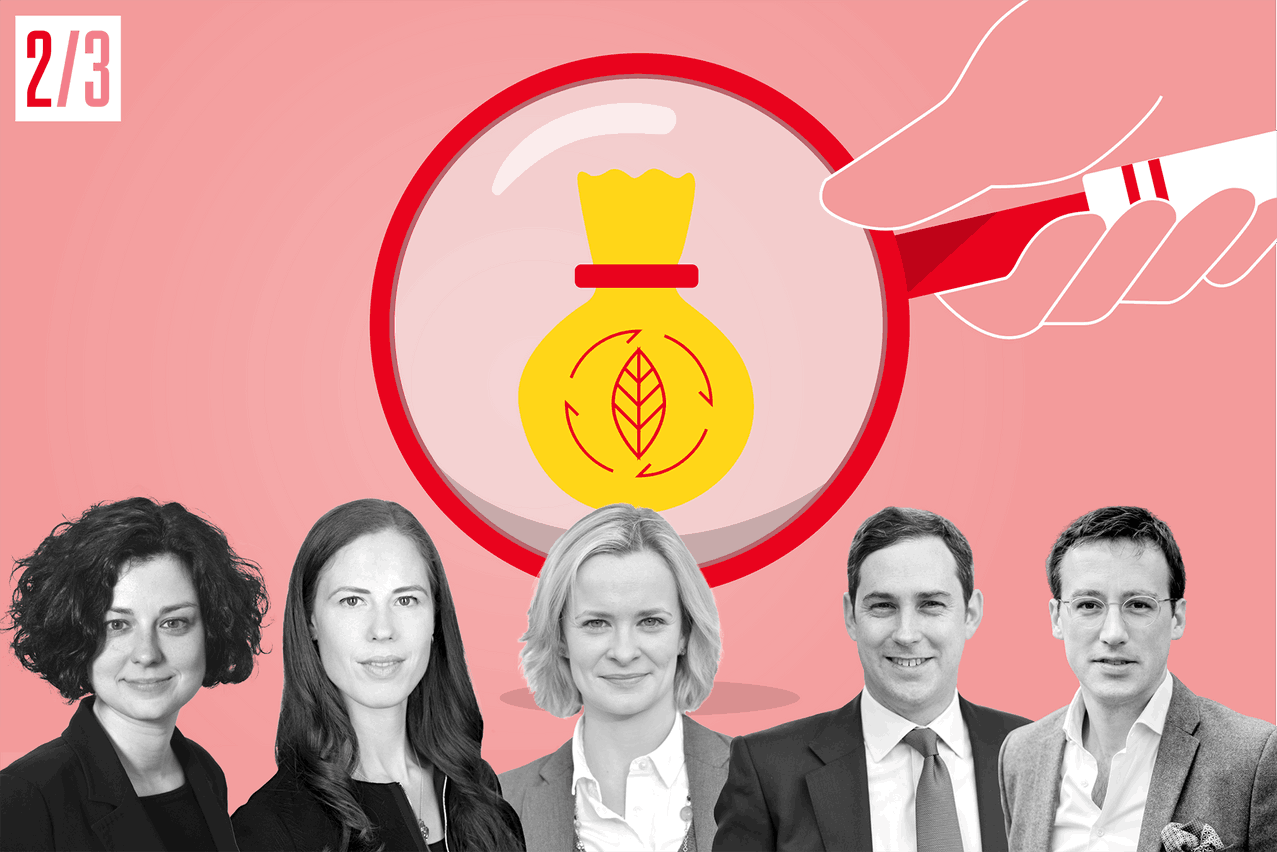Demand for fully sustainable portfolio solutions is ratcheting up according to experts as asset managers and private banks look to attract a growing number of investors seeking inclusionary and impact strategies with a clear ESG objective.
Speaking at an expert roundtable, entitled ESG integration from “why” to “how”, hosted by BlackRock on 17 November, Ewa Jackson, a Director and member of the BlackRock Sustainable Investing team, said there was a growing recognition within the investment community that simply excluding certain activities will not get us on the decarbonisation path needed to meet the Paris Agreement.
Jackson added that clients were increasingly demanding products that have an ESG objective, are inclusionary and make an impact. “The big difference now is that clients are looking for products that are doing more on the ESG scale. They want to tilt their portfolios to those inclusionary and impact strategies,” she said.
Going dark green
Inclusionary and impact strategies are considered the darkest green investment strategies because they explicitly target positive environmental and social outcomes while aiming to achieve market rate financial returns.
The strong demand for sustainable solutions is partly driven by end investors. Asset managers and private banks are in turn adapting their offering by building fully sustainable products. According to BlackRock, on average, penetration of sustainable strategies across all market segments in Europe is somewhere between 10% to 12%.
Ursula Marchioni, Managing Director, Head of BlackRock Portfolio Analysis and Solutions (BPAS) in EMEA, said that while many clients were still integrating ESG into existing portfolios, a growing number are seeking to start from scratch. “We get approached by investors who want to work with us to build new propositions that are fully sustainable,” she said.
This has forced her team to adapt their approach to portfolio construction. Marchioni said sustainability was increasingly being incorporated at the beginning of portfolio construction process, in the same way risk, return and cost are factored in. She said that while it added an additional dimension to the construction process, it remained easier than evolving outstanding portfolios towards ESG.
Comparable metrics
Yet, despite the growing enthusiasm for inclusionary and impact strategies, all panellists agreed that many investors still struggle to navigate the product taxonomy and data landscape. Jackson argued that comparable portfolio metrics were needed to help end investors compare different sustainable products. While Marchioni agreed that access to comparable metrics can improve visibility on some portfolio components, she said it did not always offer an entire portfolio view on sustainability. “We need to see a whole portfolio with sustainable transformation and the only way of doing that is to make visible 100% of the portfolio components,” she said.
Meanwhile, Victor van Hoorn, executive director at Eurosif, was relatively sanguine about the prospect of finding decarbonisation pathways for certain industries, noting that not all investments in the taxonomy were suited for public markets. “We may see an increasing role for private markets, particularly on infrastructure and project finance, to get us on that path,” he said.
